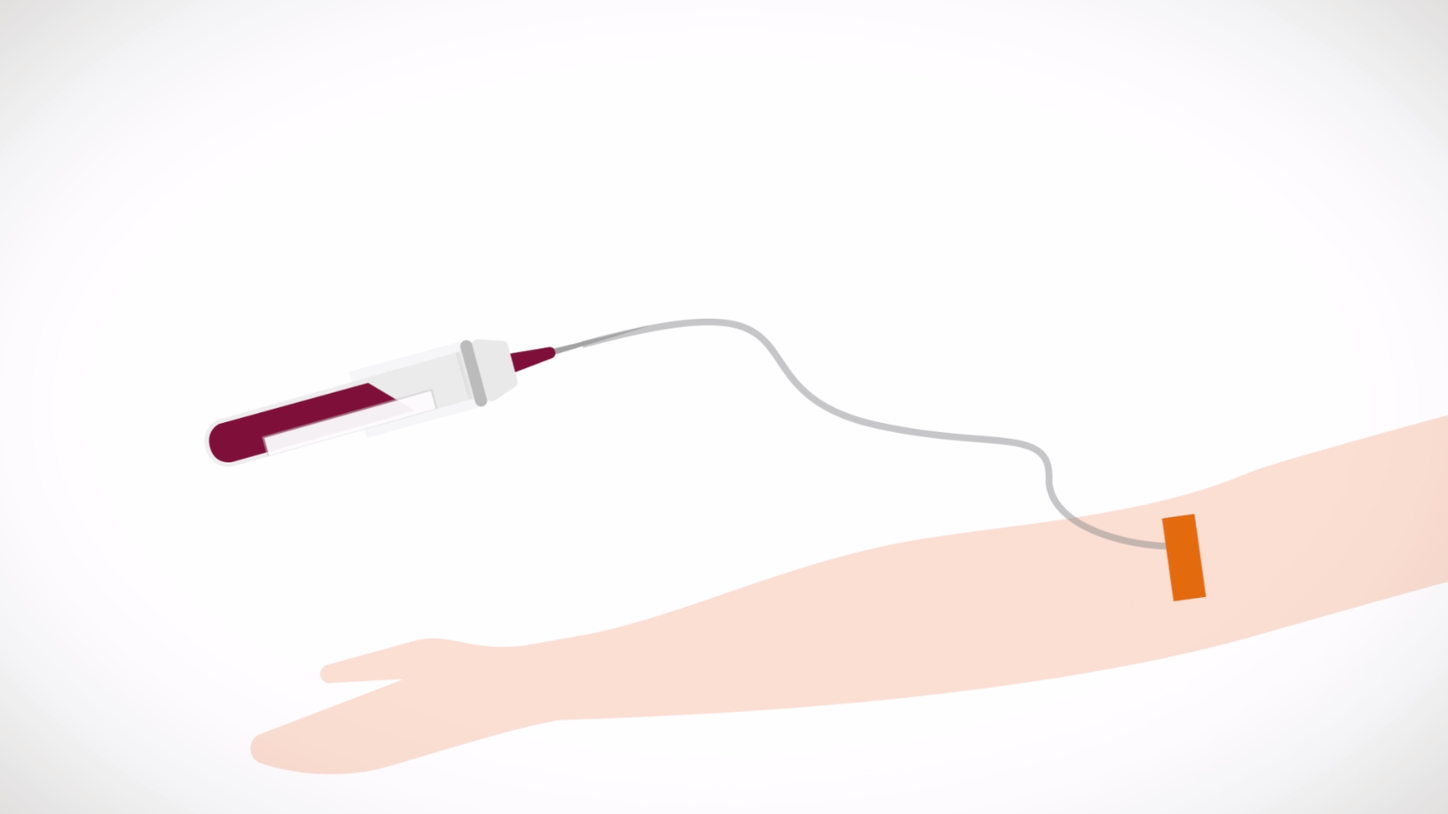Before many imaging procedures, patients are injected intravenously with contrast media, substances used to enhance contrast in medical imaging and improve visualization. While these contrast agents are safe, in rare cases they cause kidney damage. Therefore, clinicians may assess a patient’s kidney function to determine if there’s risk in using the contrast agents.
Assessment may begin with a simple checklist, identifying key risk factors such as being over 60 years old or having certain illnesses such as diabetes. Then, if necessary, the clinician may order a blood test.

What does contrast media have to do with kidneys?
Contrast agents are injected intravenously, but are cleared from the body by the kidneys. When kidney function is impaired, it takes longer for the contrast media to leave the body, prolonging exposure to the kidneys, which may cause additional damage.

How do blood tests indicate a need for concern when contrast material is injected?
An accurate measure of kidney function is the estimated glomerular filtration rate (eGFR), which takes into account the serum creatinine value and also the patient’s age, race, and gender. Four large studies released in 2013 and 2014 found that in patients with a stable baseline eGFR ≥45 mL/min/1.73 m2, contrast media are not an independent nephrotoxic risk factor, and patients with a stable baseline eGFR 30-44 mL/min/1.73 m2, contrast media are rarely nephrotoxic, if at all.1

Improving the patient experience with point-of-care testing
Having a blood test could cause an additional burden for patients who need their eGFR tested. They may need to schedule a separate appointment just for the blood draw, or wait up to a few hours for the sample to be transported to the lab and processed before the imaging can occur.
However, with point-of-care testing, clinicians can take a small sample of blood right in the radiology center and obtain creatinine with eGFR results in less than 5 minutes. By optimizing the diagnostic experience, patients like Tom save time, and the clinic has streamlined the patient-testing workflow.

